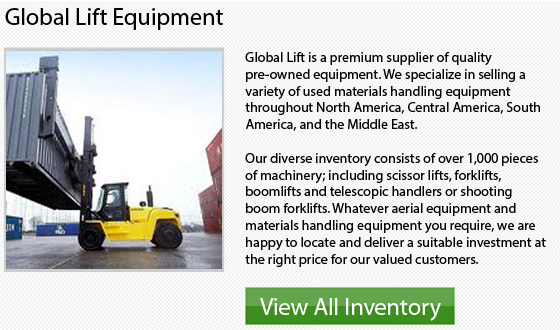
A telescopic handler is similar to a forklift. It possesses a single telescopic boom that extends both forwards and upwards from the truck, and a counterweight situated within the back. It functions more like a crane than a forklift. The boom could be equipped with various kinds of attachments. The most common attachment is pallet forks, but the operator can also attach a lift table, bucket or muck grab. Also referred to as a telehandler, this type of machinery is commonly used in industry and agriculture.
A telehandler is often utilized to transport loads to and from places that will be difficult for a standard forklift to access. Telehandlers are commonly utilized to unload pallets from inside a trailer. They are also more handy compared to a crane for carrying loads onto other high places and rooftops.
There is just one major limitation in utilizing telehandlers. Even with counterweights at the rear, the weight-bearing boom could cause the equipment to destabilize when it extends. Thus, the lifting capacity decreases as the distance between the front of the wheels and the centre of the load increases.
The Matbro company developed telehandlers in England. Their design was based mostly on articulated cross country forklifts used in forestry. First versions consisted of a centrally mounted boom on the front and a driver's cab on the back section, but today the design which is most popular has a rigid chassis with a rear mounted boom and side cab.